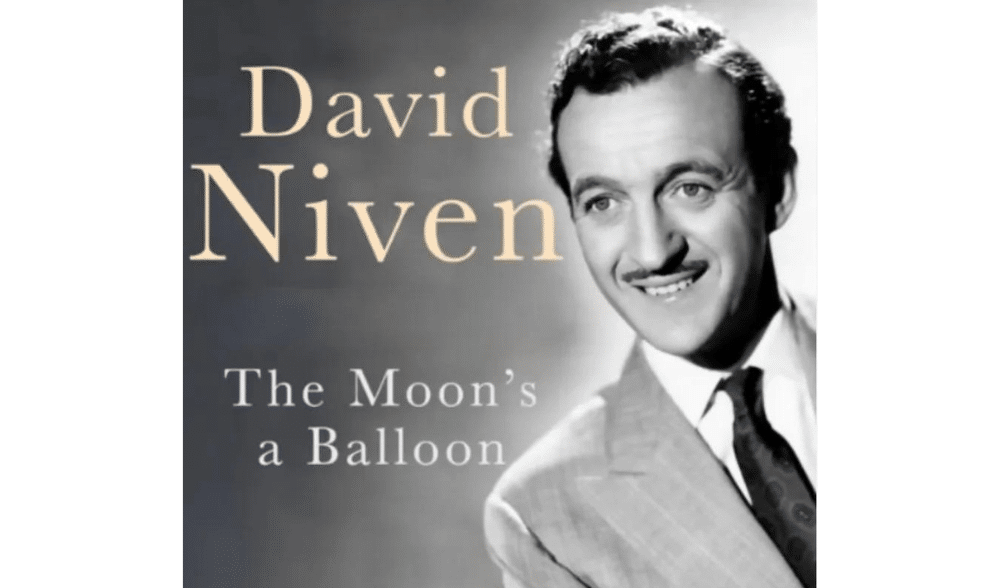This column originally appeared on February 8, 2023, in the South China Morning Post.
DISTINGUISHED SCHOLAR TOM PLATE WRITES – Hot air propels not just balloons. Embattled President Joseph Biden and his battle-prone Washington – the American capital more divided, presumably, than that of Chairman Xi Jinping’s Beijing – clashed anew this past week.
Hope for bipartisan comity evaporated swiftly during the U.S. State of the Union address. Unlike the superficial serenity of a National Party Congress in Beijing, where delegates commune with the leader in respectful (and seemingly submissive) Confucian fashion, the cavernous House of Representatives, packing in Senate as well as House members for the special annual event, more resembled a farmer’s barn of hooting owls and braying animals than an exemplary chamber of a putatively premier legislature.
Sure, even as, in time, public memory of the hapless Chinese reconnaissance/spy balloon blows away, the animus of partisan hot-air poisoning public opinion will hover over U.S. politics as if a continual political smog warning.
China, we see, will be found guilty yet again – and again.
Poor Biden is up against it. Fearful fellow Democrats escaped an expected midterm shellacking late last year, but in less than two years face the ordeal of pivotal elections presidential as well as congressional. For those Americans who hate China even more than they loathe Democrats, the spy balloon in the sky should have been shot down at very first sight – not in due course. In the current hatefulness, however, prudence and restraint prove politically risky.
Do seriously influential sectors within both superpowers desire war?
Some gung-ho warriors on both sides of the Pacific Ocean do appear as if locked and loaded for action; certainly, the beaks of its hawks do not stay wrapped up. Veteran U.S., military leaders who should know better blithely flap wings of war at Beijing. A former U.S. Indo-Pacific Command admiral predicts a mainland military thrust into Taiwan probably within the next handful of years. Ditto the current admiral in charge of U.S. Naval Operations – “potentially in a 2023 window,” he says.
The hair-trigger penchant for pessimistic prediction edges toward paranoia. No one needs to be woken up about China’s rising capabilities; we are not unsoundly asleep regarding its impressive naval buildup. Yet many seem absolutely tossing-in-bed sleepless over the ‘China Threat’ – for which unhealthy obsession you can also thank a parallelism of preening Chinese wolf-warriors when they howl it up on the mainland.
And so an unfunny thing has happened on the way to an optimistically projected de-tensioning turn in the Sino-US relationship. A big bad balloon darkens the diplomatic skies.
No time for balloons: Beijing is leaning toward silencing the wolves, reports have it; for in the face of an array of nasty U.S. initiatives designed not to make China great again, its economy looks to be going to the wolves. A reset in the making?
The U.S. – or at least reasonable and sentient sectors of its otherwise set-in-cement foreign-policy establishment – were said to comprehend, finally, that “containing” China, even if practical (it is not), is less a policy than a friction prescription. Perhaps a truer sense of where we really are instead of where we should be was surfacing. Simply repeating the old tropes and lessons of the prior Cold War won’t get us to a better bilateral future.
The contours of a proper superpower policy can be shaped by common-sense principles.
The first is the absolute need to avoid risking nuclear warfare. Seriously, anyone who requires persuasion on this point should seek psychiatric help. The second is that both economies will benefit – even with the cheating (mutual) and legerdemain (mutual) and misunderstanding (cultural) – to the extent they remain transactionally functional with one another. After all, add the two economies together and that’s well more than a third of the global economy. Stuff them into a wrought-iron coffin of economic warfare and you have a masterly template for global depression.
The bottom line is that, just as China is trying to get its superpower act together, the U.S. is trying to hold dearly onto its superpower status. Both goals are achievable only if the two are not trying to crush the other from here to eternity.
Instead of referring you to some foreign-policy expert to nail down this point, permit me the eccentricity of quoting a memoir-writer and legendary Hollywood sage. This is the David Niven, late great British actor whose famous memoir had the happy title ‘The Moon’s a Balloon’ (1971): “Looking at a problem the same way over and over again,” Niven would point out, “is entirely unproductive.”
Yet here we are. Whatever clan was behind the balloon surveillance mission, whoever authorized the continuation of that operation from the mainland — you have to say, at least in retrospect — were two Beijing blokes possibly with the Chinese equivalent monikers of Dumb and Dumber.
But how about the US reaching into its cowboy gun holster for its F-22 Rapter fighter to shoot it down? Trigger-happy Americana – sure, but once the balloon drifted into the jet-stream of the lead story on CNN, and just about everywhere else, what choice would any American president (of any political party) have but to order a shoot-down?
Get a grip on reality, Beijing. Upgrade your game. This turned into big bad balloon for a misbegotten relationship.
 Author and clinical professor Tom Plate is Distinguished Scholar of Asian and American Studies at Loyola Marymount University, and vice president and board member of the Pacific Century Institute in Los Angeles.
Author and clinical professor Tom Plate is Distinguished Scholar of Asian and American Studies at Loyola Marymount University, and vice president and board member of the Pacific Century Institute in Los Angeles.

